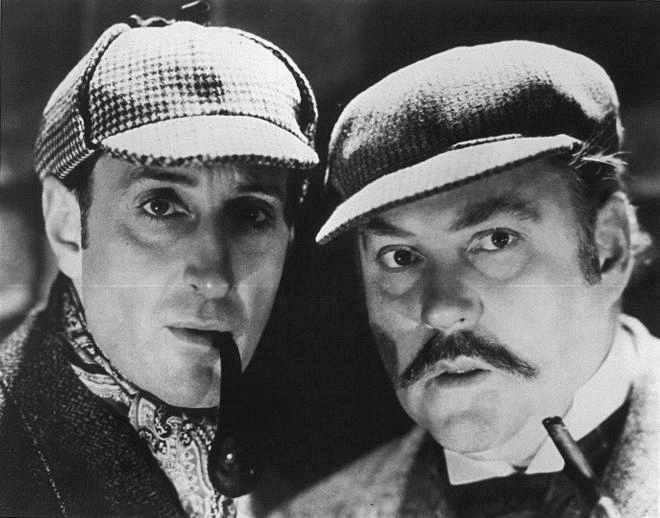Evidence, Facts and Intuition in Decision Making
This is one of our free-to-access content pieces. To gain access to all Ideas for Leaders content please Log In Here or if you are not already a Subscriber then Subscribe Here.

One of the ways we strive to make a good decision is through evidence-based decision-making. Just as often though, and sometimes without realizing it, managers are fitting the evidence to the decision they’ve already made in fact ‘decision-based evidence making’. A clear understanding of the roles evidence can play in making a decision can help avoid this. Although, as explained in this Idea, there are certain times when this is not necessarily a bad thing. Sometimes evidence-based decision-making is less appropriate than decision-based evidence making.
Decision-making is perhaps the essence of management, and much attention continues to be focused on how to do it better. In this Idea we consider whether managers are making the facts-based decisions they seek to make. There is research that suggests that evidence is not as frequent an input to a decision process as suggested by the popular press.
Managers use different approaches when making decisions, ranging from highly analytical and algorithmic to ad hoc and intuitive, and most models of decision-making suggest an approach tailored to fit the particular characteristics of the decision problem. However, the problem with the flexible, contextual approach is that the role of evidence in it is unclear.
The ideal evidence-based decision process can be subverted by the perceived requirement to marshal facts and analysis to support a decision that had already been made elsewhere in the organization.
This practice can be called ‘decision-based evidence making’ and is arguably more widespread than many managers acknowledge.
Not all decisions incorporate evidence in the same way, or intend to marshal it toward the same end. There are three roles evidence can play in decision-making:
To consider whether decision-based evidence making (as opposed to evidence-based decision-making) can be bad for an organization, let’s take the example of a mid-sized credit union that was contemplating a switch from its existing wealth management system to a new one developed by a start-up company. The Head of Wealth Management and the Chief Operating Officer of the organization were divided on whether to make the change.
Clearly the leadership of the credit union could not rely on historical evidence and formal models; instead, they had to place bets on the future of their business based on intuition and rough consensus. The head of wealth management recognized that several other smaller credit unions were facing the same decision regarding their wealth management platforms and would be more likely to follow the larger credit union’s lead if they believed that the decision to switch was the result of careful, rational economic analysis. The executives reasoned that their decision to switch to a new platform would be used as evidence in the decision processes of other organizations.
This example highlights that decision-based evidence making is not always a practice to be avoided. However, when it is directed at a well-informed internal audience, it is almost always perceived negatively. It typically undermines the legitimacy of the decision it was intended to support. In contrast, decision-based evidence can be effective when the audience is external and the manufactured evidence supports the organization’s best guesses about a complex and unpredictable decision environment
Negative decision-based evidence making can be avoided if executives have a clear understanding of the different roles evidence can and should play in a decision process. Decision-makers should:
Managers must be careful about committing their organizations to evidence-based decision making (with hefty investments to back up this commitment). Consider the streetlight; in much the same way as it can be used for illumination or support depending upon the need, greater understanding of the multiplicity of ways evidence is used within organizations can lead to better decision-making.

Ideas for Leaders is a free-to-access site. If you enjoy our content and find it valuable, please consider subscribing to our Developing Leaders Quarterly publication, this presents academic, business and consultant perspectives on leadership issues in a beautifully produced, small volume delivered to your desk four times a year.

For the less than the price of a coffee a week you can read over 650 summaries of research that cost universities over $1 billion to produce.
Use our Ideas to:
Speak to us on how else you can leverage this content to benefit your organization. info@ideasforleaders.com